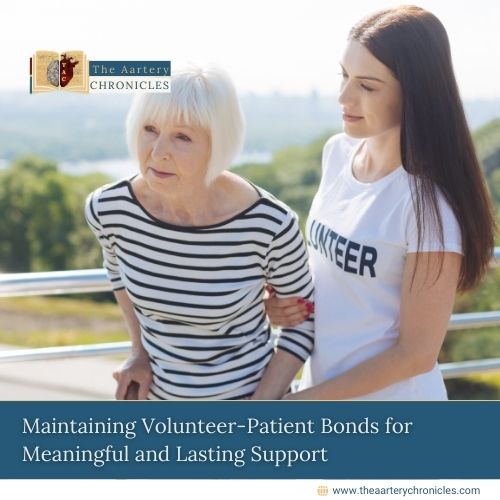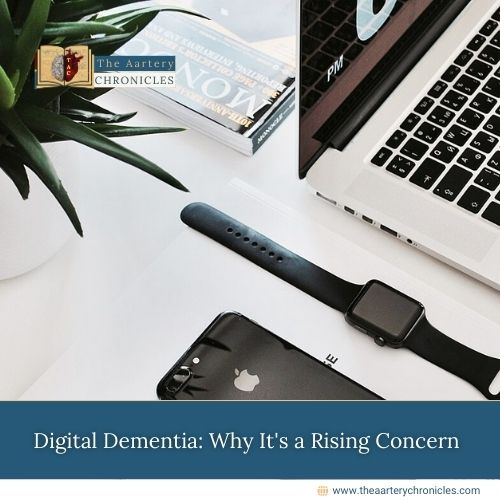

The Volunteer-Patient Bond: Striking the Right Balance for Meaningful Support
When volunteers step in to support patients, they often form unique and emotionally charged relationships. While these connections can be beneficial, they also come with challenges. Let’s explore how volunteers can maintain a healthy balance while making a positive impact.
Why Volunteers Are Vital in Healthcare
People often turn to family and friends for help when they are ill. A study reported that in Norway—and increasingly around the world—volunteers and non-profits are playing a growing role in bridging gaps where public services and personal networks fall short.
As Associate Professor Gunhild Tondel from NTNU explains, “With an aging population and rising care needs, public services, family, and social networks alone cannot meet the demand.” Volunteers not only fill this gap but also offer something unique: emotional support and practical help from someone who is not a close family member.
The Special Role of Volunteers
Volunteers bring a range of benefits:
- Emotional Support: Patients may feel more comfortable discussing sensitive issues with a neutral party.
- Shared Experiences: Some volunteers have faced similar challenges, making them empathetic listeners.
- Practical Assistance: From organizing treatment schedules to relieving caregivers, volunteers offer essential support.
However, this unique role can lead to blurred boundaries between helper and patient, raising questions about how to manage these relationships effectively.
Challenges in the Volunteer-Patient Relationship
Researchers at NTNU, led by Professor Aksel Tjora, investigated the dynamics between volunteers and patients. Through interviews with volunteers and patients in the Norwegian Cancer Society’s “Helping Hands” program, they uncovered some key challenges:
- Imbalanced Expectations: Patients and volunteers may have differing views on their relationship.
- Emotional Strain: Volunteers often struggle to maintain professional boundaries, leading to burnout.
- Role Ambiguity: New volunteers frequently feel unprepared to define their role, leaving them to navigate boundaries on their own
Why Boundaries Matter?
The Norwegian Cancer Society emphasizes that volunteers are “helpers, not friends.” This distinction is crucial to prevent emotional exhaustion and ensure sustainable support. Volunteers must balance their natural empathy with professional distance.
Without clear boundaries, volunteers risk over-investing emotionally, which can lead to
- Burnout
- Difficulty coping with the inevitable loss of patients
Controlled Emotional Voluntariness: A Practical Solution
The concept of “controlled emotional voluntariness” offers a framework for managing volunteer-patient relationships. This approach encourages:
- Clear Rules: Organizations should set explicit guidelines for volunteer roles.
- Limited Engagements: Relationships are capped at six months to prevent overattachment.
- Support Systems: Regular training and access to guidance help volunteers navigate emotional challenges.
PhD fellow Lina Naoroz Bråten explains, “Clear boundaries protect volunteers from emotional dilemmas and ensure they can provide effective support.”
How Volunteer Programs Can Improve
The Norwegian Cancer Society has already implemented solutions, such as:
- Training Programs: Volunteers learn how to manage boundaries and offer meaningful help.
- Guidance Opportunities: Ongoing support ensures volunteers feel equipped for their roles.
- Time-Limited Relationships: Ending the collaboration after six months reduces the risk of imbalance.
These measures not only safeguard volunteers but also enhance the overall quality of care.
The Emotional Side of Volunteering
Volunteering is inherently emotional, and that’s what makes it impactful. However, for these programs to thrive, organizations must strike a balance between closeness and distance. Volunteers are a scarce resource, and protecting their well-being is essential for sustaining these vital services.
Wrapping Up: Creating Meaningful Connections Without Burnout
Volunteers play an invaluable role in supporting patients, offering practical help and emotional solace when it’s needed most. However, maintaining healthy boundaries is key to ensuring these relationships remain effective and sustainable.
By adopting strategies like controlled emotional voluntariness and setting clear expectations, organizations can empower volunteers to make a lasting difference—without compromising their own well-being.
Source: Inputs from various media Sources









